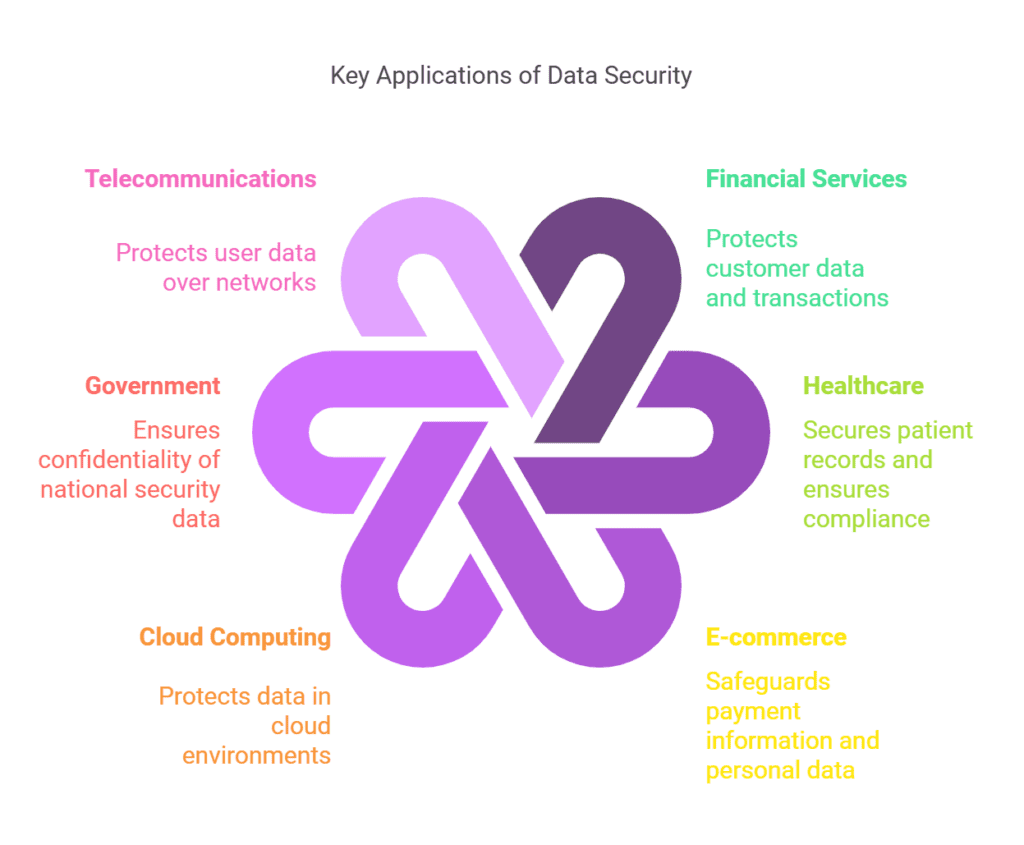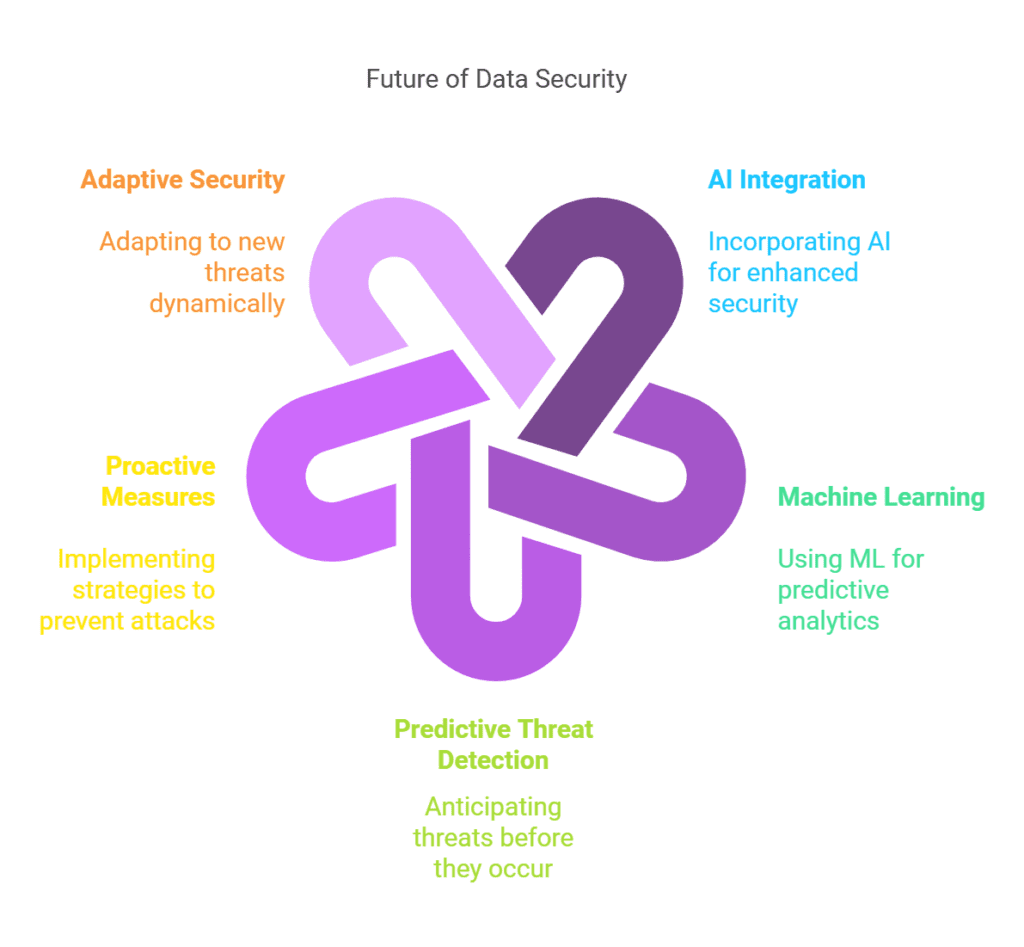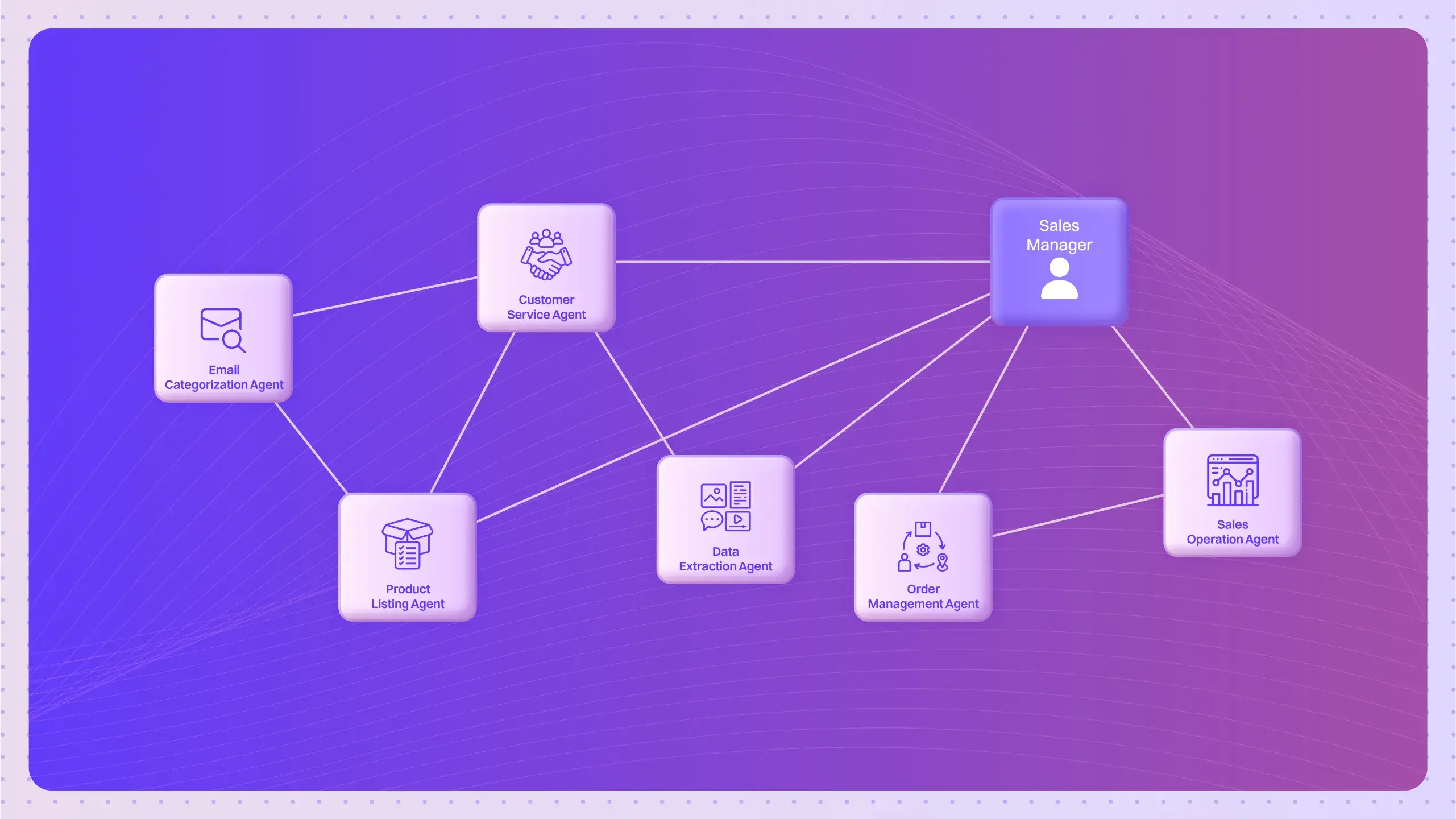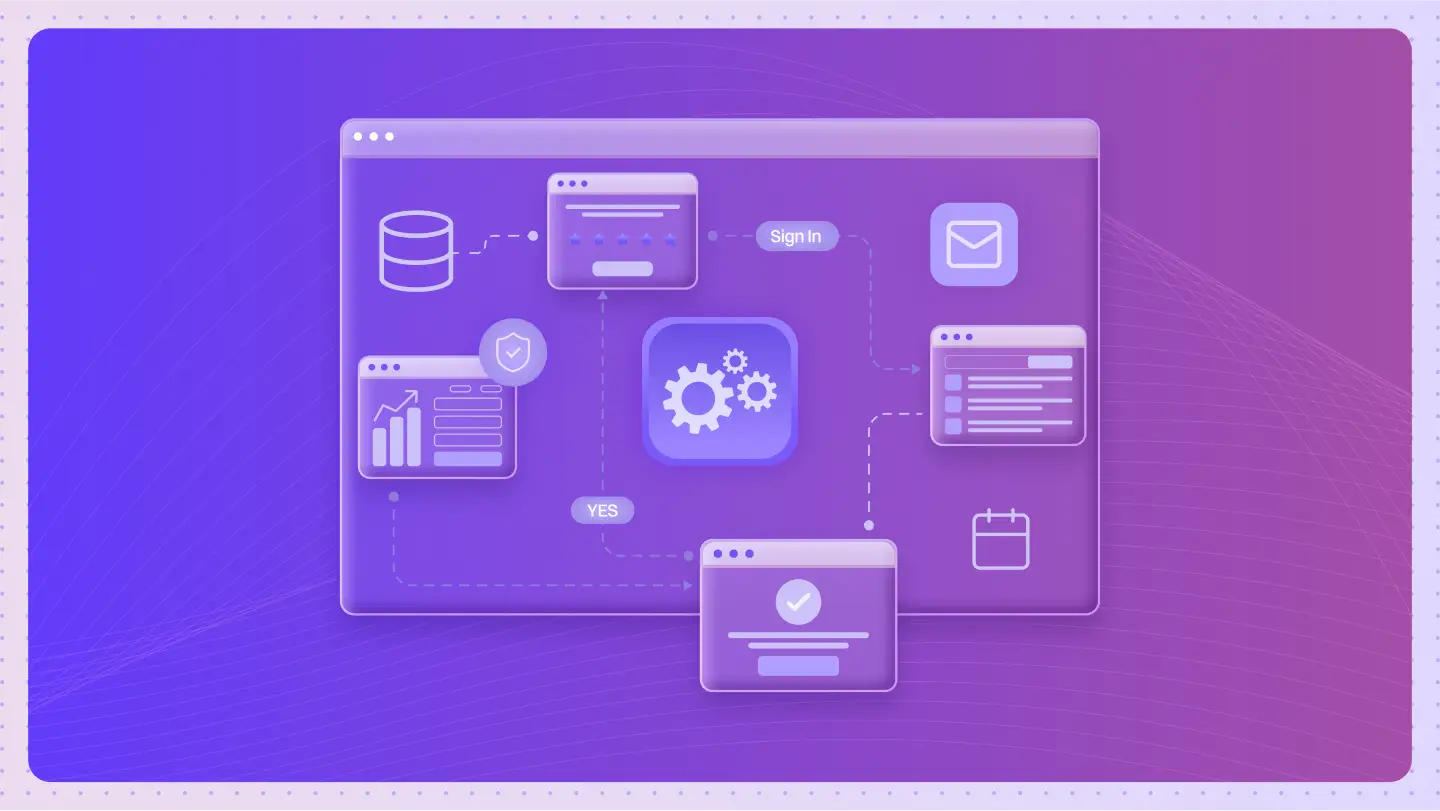What is Data Security?
Data security refers to the protection of digital information from unauthorized access, corruption, or theft. It involves using encryption and security protocols to safeguard sensitive data, ensuring its integrity and confidentiality. Implementing robust security measures offers numerous benefits, including compliance with regulations and enhanced trust from users. Key practices for maintaining data security include regular updates, access controls, and employee training.
How does Data Security Protect Sensitive Information?
Data security is a critical aspect of IT that ensures the protection of sensitive information from unauthorized access, breaches, and other vulnerabilities. It operates through a combination of advanced encryption methods and security protocols designed to safeguard data at rest and in transit.
Key functions of data security include:
- Encryption: Converts data into a coded format that can only be read by authorized users.
- Access Controls: Restricts access to data based on user roles and permissions, ensuring that only those who need to see the data can access it.
- Security Protocols: Implements standards such as SSL/TLS for secure data transmission over networks.
- Data Masking: Hides sensitive data elements to protect information from unauthorized viewers.
The benefits of implementing robust data security measures include:
- Improved trust and reputation with clients and customers.
- Compliance with regulations such as GDPR or HIPAA.
- Reduced risk of data breaches and financial losses.
Key practices for maintaining data security are:
- Regular software updates and patch management.
- Employee training on security best practices.
- Conducting routine security audits and assessments.
Common Uses and Applications of Data Security
Data security is essential in various industries and technology sectors to safeguard sensitive information. Here are some key applications:
- Financial Services: Protects customer data and transaction details through encryption and secure protocols.
- Healthcare: Secures patient records and medical information, ensuring compliance with regulations like HIPAA.
- E-commerce: Safeguards payment information and personal data during online transactions.
- Cloud Computing: Implements security measures to protect data stored in cloud environments from unauthorized access.
- Government: Ensures the integrity and confidentiality of sensitive national security data.
- Telecommunications: Protects user data transmitted over networks using encryption and security standards.
- Education: Secures student records and educational data from breaches, maintaining privacy and compliance.

Implementing robust data security measures not only protects sensitive information but also builds trust with clients and stakeholders.
What are the Advantages of Implementing Data Security?
Data security is essential in today’s digital landscape, providing a protective shield for sensitive information against unauthorized access and breaches. The implementation of robust data security measures offers significant benefits, including:
- Protection from Data Breaches: Safeguards sensitive information from hackers and cyber threats.
- Enhanced Trust: Builds customer trust through reliable protection of their data.
- Compliance with Regulations: Ensures adherence to legal standards like GDPR and HIPAA.
- Risk Mitigation: Reduces the potential for costly data loss incidents.
- Business Continuity: Maintains operational integrity by preventing downtime due to security breaches.
By adopting key practices such as encryption, regular audits, and employee training, organizations can significantly bolster their data security posture.
Are there any Drawbacks or Limitations Associated with Data Security?
While Data Security offers many benefits, it also has limitations such as:
- Complexity in implementation, which can require significant resources.
- Potential for user resistance to new security protocols.
- The risk of false sense of security, where organizations might overlook vulnerabilities.
These challenges can impact overall compliance and may lead to security breaches if not addressed properly.
Can You Provide Real-life Examples of Data Security in Action?
Data Security is used by financial institutions like Bank of America to protect customer information through encryption and robust security protocols. This demonstrates how essential data security measures are in safeguarding sensitive financial data from cyber threats.
How does Data Security Compare to Similar Concepts or Technologies?
Compared to Network Security, Data Security differs in its focus. While Network Security emphasizes the protection of network infrastructure, Data Security is more concerned with the integrity and confidentiality of data itself. This unique focus ensures that even if a network is compromised, the data remains protected.
What are the Expected Future Trends for Data Security?
In the future, Data Security is expected to evolve by incorporating advanced technologies such as AI and machine learning for predictive threat detection. These changes could lead to more proactive and adaptive security measures, allowing organizations to better defend against emerging threats.

What are the Best Practices for Using Data Security Effectively?
To use Data Security effectively, it is recommended to:
- Implement strong encryption methods for sensitive data.
- Regularly update security protocols to address new vulnerabilities.
- Conduct ongoing training for employees about security best practices.
Following these guidelines ensures that data remains protected against unauthorized access and breaches.
Are there Detailed Case Studies Demonstrating the Successful Implementation of Data Security?
A case study involving Target Corp. highlights how the company implemented Data Security measures after a significant data breach. By adopting advanced encryption and multi-factor authentication, Target achieved a 30% reduction in security incidents and restored customer trust within six months.
What Related Terms are Important to Understand along with Data Security?
Related terms include Data Privacy and Cybersecurity, which are crucial for understanding Data Security because they emphasize the importance of protecting personal information and the broader security measures needed to safeguard data from cyber threats.
What are the Step-by-step Instructions for Implementing Data Security?
To implement Data Security, follow these steps:
- Conduct a risk assessment to identify vulnerabilities.
- Choose appropriate encryption methods for sensitive data.
- Develop a security policy that outlines protocols and procedures.
- Train employees on best practices for data handling.
- Regularly review and update security measures.
These steps ensure comprehensive protection of sensitive information.
Frequently Asked Questions
What is data security?
Data security refers to the protective measures and protocols used to safeguard sensitive information from unauthorized access, corruption, or theft. It involves encryption, firewalls, and access controls, ensuring that only authorized users can access specific data.
How does encryption contribute to data security?
Encryption converts data into a coded format that can only be read by authorized users. It protects data in transit and at rest, making it difficult for unauthorized users to access or understand the information.
What are the benefits of implementing strong data security measures?
Strong data security measures help protect sensitive information and maintain trust with clients. They reduce the risk of data breaches, ensuring compliance with legal and regulatory requirements.
What are some key practices for maintaining data security?
Key practices include regular software updates, strong password policies, and employee training. Regularly update security software to protect against new threats, and educate employees on recognizing phishing attacks and safe data handling.
What role do firewalls play in data security?
Firewalls act as barriers between trusted and untrusted networks to control incoming and outgoing traffic. They help prevent unauthorized access to sensitive data, reducing the risk of data breaches.
How can organizations assess their data security measures?
Organizations can conduct security audits and vulnerability assessments to identify weaknesses. Regular assessments help in understanding security posture, allowing for the implementation of necessary improvements.
What is the importance of data security for compliance?
Data security is crucial for meeting legal and regulatory requirements that protect personal information. Compliance with frameworks like GDPR and HIPAA helps avoid fines, and it also builds customer trust and enhances reputation.







